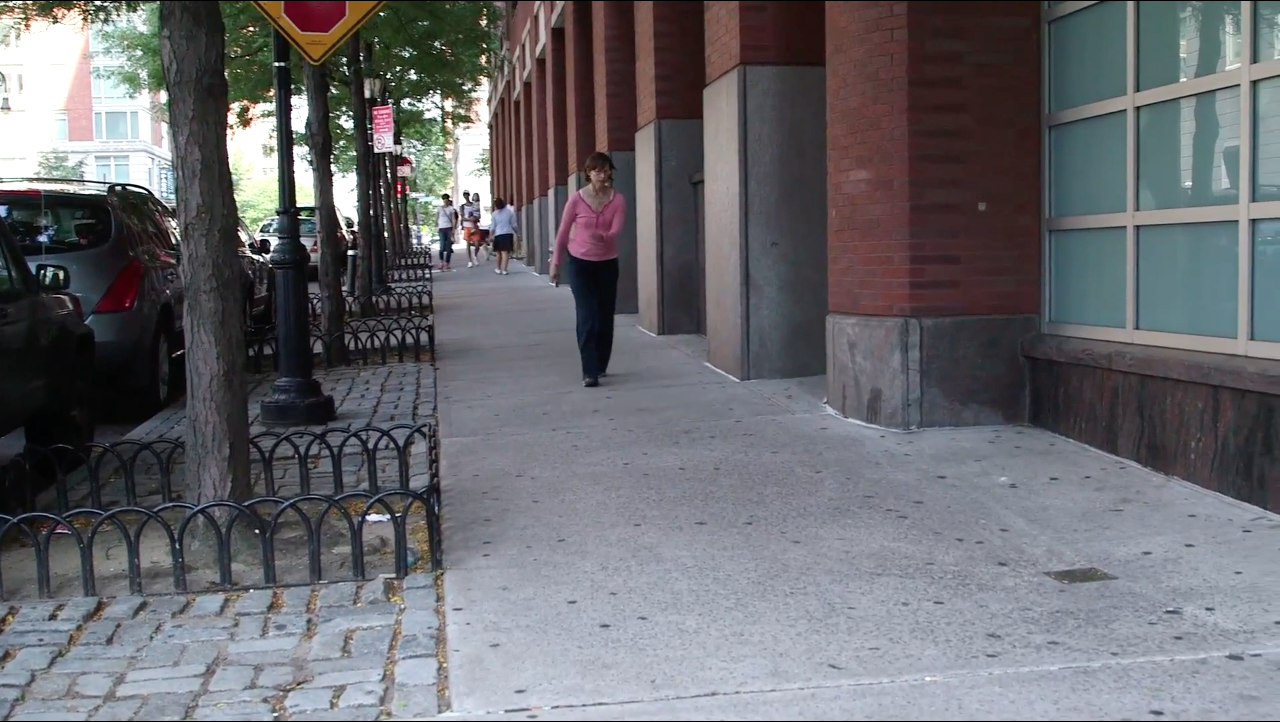Since I was diagnosed 22 years ago music and meds have been my two most important weapons in battling my Parkinson's. I could not live without either.
I, of course, cannot give you your medicine. That’s your doctor’s job. But I can show you how to use music to help you move when you otherwise cannot. In this post, we will specifically look at how music can free up and strengthen your gait.
If you can walk well your world will open up.
Below, I have laid out a simple three-step process to help you integrate music into your movements. Progressing from the typically rigid PD shuffle to a musical march, the steps demonstrate how to use rhythm and music to structure your stride and propel your legs and body into an easy, even gait.
In each video, please take note that I am moving without medication. I am “off.” This is me in my worst state. I am purposely showing myself this way so that you can see how music, just by itself, can transform your movement.
Of course you can use music when you are medicated as well. I do. It helps me tremendously. Practicing how to move in your best state not only makes you feel great, but it also serves to mentally and physically reinforce good movement patterns, making it easier to access these patterns when you are “off”.
But the main object of this post is to provide you with a way to move, to use music to break free when you feel the most trapped by your PD.
Let’s begin.
Step 1: Begin to Move
Just begin to walk. Don’t try to do anything, or to change how you move at first. You can even shuffle. Just move forward. Look at me with no medication and no music. I’m a mess. Be a mess with me.
Step 2: Add Rhythm
Ok, good. Now comes the next small step: rhythm. Very simple. Let’s explore a basic march. Let the marching chant push you forward. Left, (right), Left, (right) Left, Right, Left. Repeat. Let the rhythm activate your movement. Make sure to move with your feet first. If you start to lean forward with your upper body, STOP and begin again with the lower half of your body initiating the movement.
Step 3a: Watch Me Walk to Music
Great. Now we can add the final and most exciting step: walking to a song. You can hum a tune to yourself, but music coming from an iPod or any other type of portable mp3 player will have the biggest impact. If you don't have one, get one. For me, it helps me move as much as my drugs.
You can watch the video of me below (still with no meds) to get a see how the rhythm of the song powers my stride. Make sure to walk with one earbud out so you remain aware of your surroundings.
Step 3b: Pick Your Own Music
Now that you’ve seen the full effects of walking to a beat, take your pick of music.
Below I have laid out a list of songs you can try out that have a range of tempos. There is a slow, medium, and fast playlist. Start walking to a slower song (but not too slow or you will have balance problems). As you get comfortable, you can increase the tempo.
The end goal is to walk to a beat that is slightly faster than your stride. Not only will this push you to transcend your normal Parkinsonian gait, it will also give you a longer lasting therapeutic effect after you stop listening.
Here are the playlists:
Walking Slowly:
Walking at a medium Speed:
Walking with pace:
You can, of course, choose your own songs. In fact, once you practice a few times with these songs, I encourage you to start using your own selections (although I would be flattered if you continued to use mine).
Either way, I want you to look forward to turning on your iPod or Android, and that means having songs that make you want to dance, to move, to run. If you don’t know the tempo of a song you like, you can measure the beats per minute at songbpm.com. If you want to change the tempo of a song that is too fast or too slow, I like to use the app "TempoSlowmo." You can download it for free in the Apple App Store for your iPod or on Google for your Android.
Perhaps your greatest difficultly in moving will be first thing in the morning; perhaps it will be towards the end of the day as your drugs have begun to peter out; or maybe it will be as you are trying to lug your groceries home. Whenever that moment occurs, tune in to your most loyal friend, music; it will help you take the steps you need to take to get where you want to go.
Good luck. If you have any questions or comments about the post, I’d love to see them! Write them in the comment section below and I’ll respond as soon as I see it!
To leave a comment, follow these three steps: 1) Write your comment in the text box below, and click the "Post Comment" button 2) A black screen will appear. Write your name or "Anonymous" in the first text box 3) Click the gray "Comment As Guest" button. Voila! Thanks for your thoughts!
For a detailed visual guide to posting a comment visit PD Movement Lab Comment Directions
